Driving in winter weather conditions can be challenging and hazardous, especially for new drivers and people who are used to sunny climates. But by staying alert, adjusting your driving habits, and being prepared for changing conditions, you can safely navigate winter weather conditions with ease.
Prepare Yourself and Your Vehicle
Before hitting the road, brush up on winter driving techniques and ensure your vehicle is ready for the conditions. Clear off all snow and ice from the windshield, windows, and roof, and make sure your headlights and taillights are clean and functional.

Start by checking your vehicle’s tires to make sure they have adequate tread depth and are properly inflated, as this will provide better traction on snow and ice-covered roads. Consider switching to winter tires for added grip in cold conditions.
It is also important to check your vehicle’s battery, brakes, and fluids, such as antifreeze and windshield washer fluid, to ensure everything is in proper working order. Allow extra time for your journey and reduce your speed to give yourself more time to react to slippery road conditions.
Slow Down and Maintain Distance
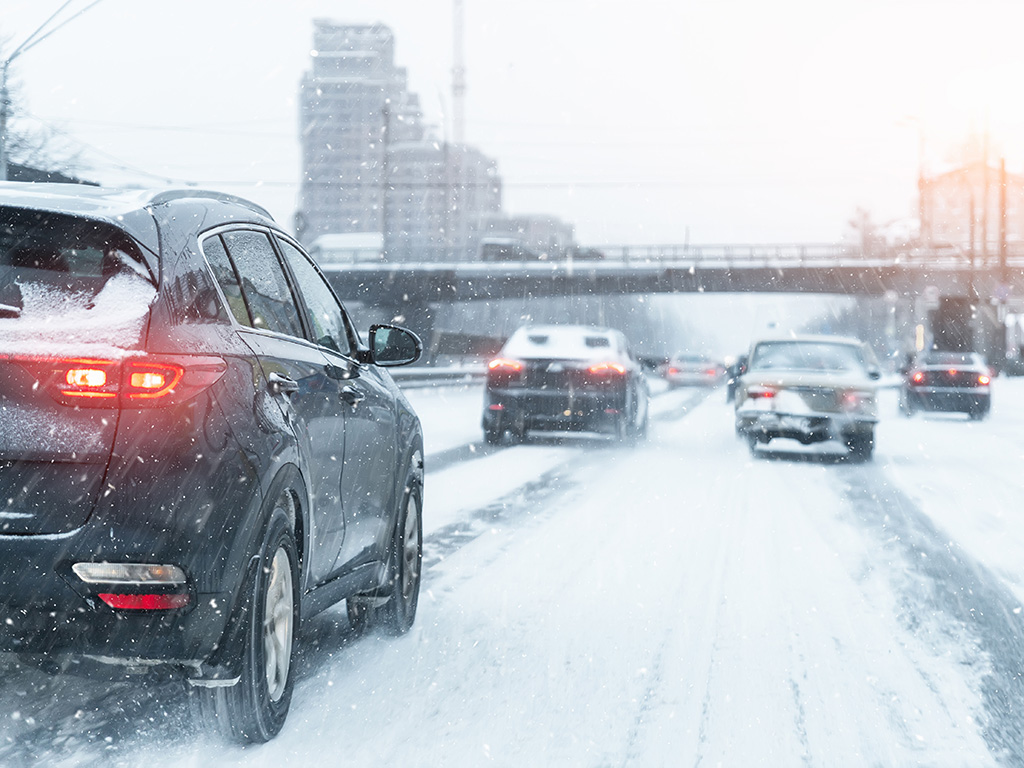
Reduced traction on icy or snowy roads requires cautious driving. Reduce your speed and maintain a safe distance from the car in front of you to allow for longer braking distances. Avoid sudden acceleration and braking to prevent skidding. Remember to use caution when braking, accelerating, and steering, and avoid sudden movements that can cause loss of control.
Be Extra Cautious on Bridges and Overpasses
Bridges and overpasses tend to freeze faster than regular roadways, making them more prone to ice and hazardous conditions. Be aware that even if the rest of the road appears clear, bridges and overpasses may still be icy, so exercise caution and drive slowly across them.
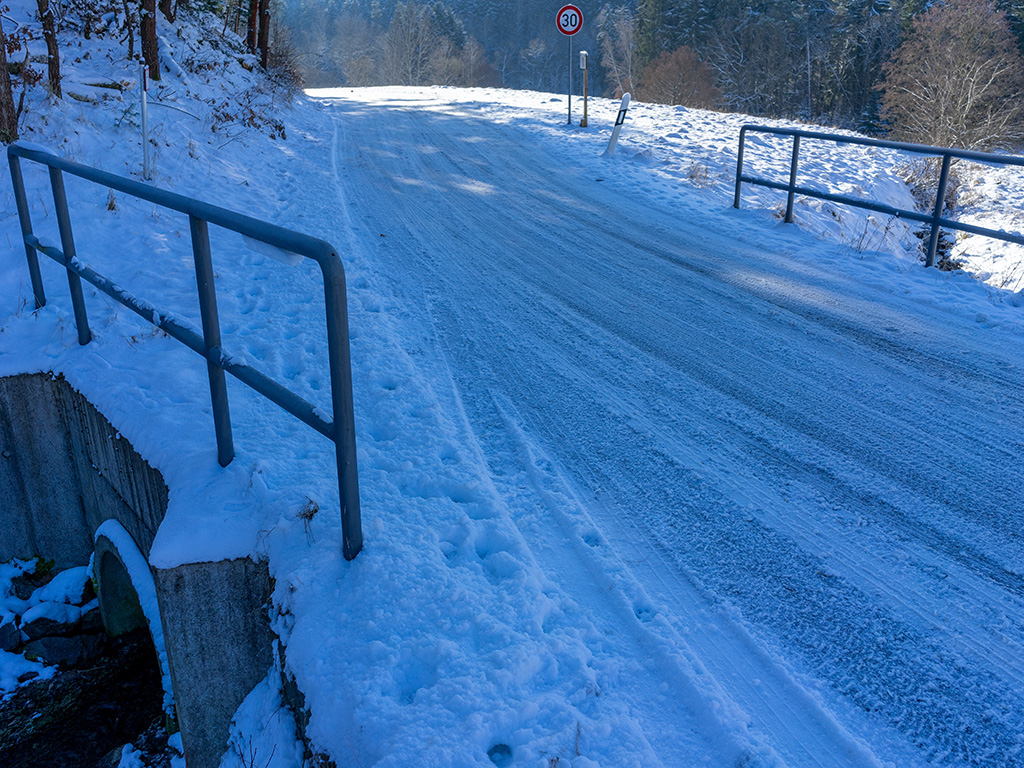
Remember that black ice, a thin layer of transparent ice that forms on road surfaces, can be particularly hazardous on bridges and overpasses, as it may not be visible to drivers. Approach them with caution, reduce your speed, and always maintain control of your vehicle.
Use Your Lights and Signals
Visibility is limited in snowy or foggy conditions, so ensure your lights are on, and use turn signals well in advance to communicate your intentions to other drivers.
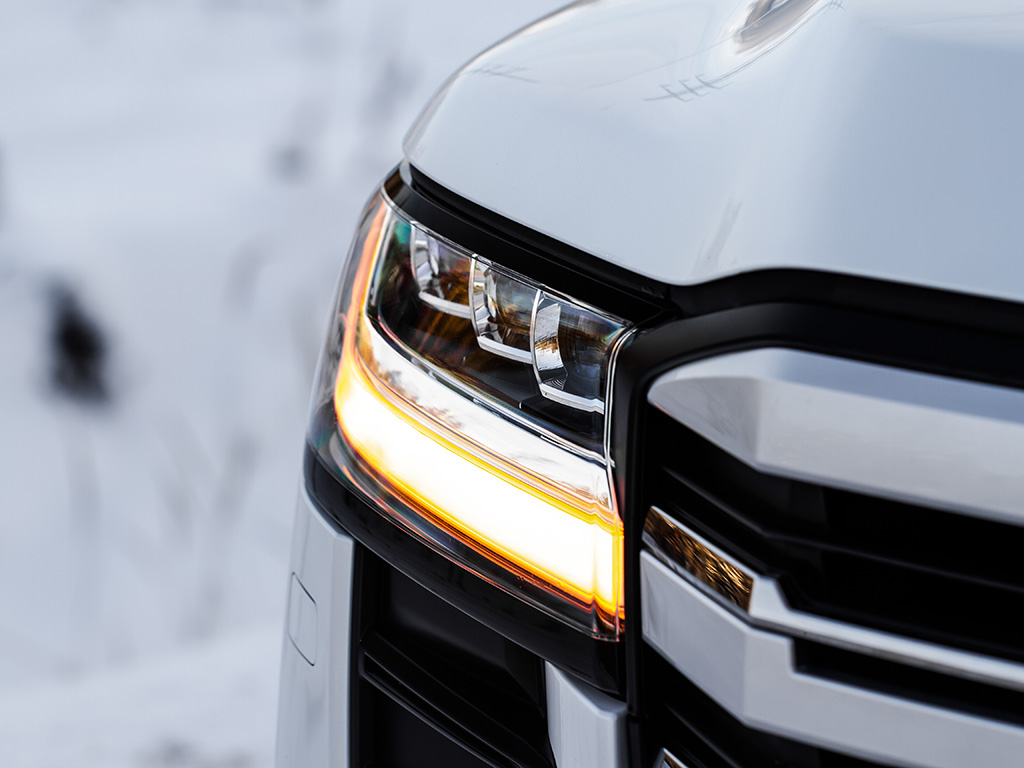
It is important to ensure that your vehicle’s lights are on at all times, even during daylight hours, to increase your visibility to other drivers. This includes using your headlights, taillights, and hazard lights when necessary. This helps everyone on the road stay safer and avoid potential collisions.
Focus on the Road and Avoid Distractions

Keep your attention solely on the road ahead and avoid distractions, such as engaging in activities that take your eyes and mind off driving. Winter conditions require your full attention to navigate safely, so it is important to avoid distractions such as using a cell phone, eating, adjusting the radio, or engaging in any other activities that take your attention away from driving. Even a moment of distraction can lead to an accident, so don’t drive if you’re drowsy or fatigued.
Know How to Handle a Skid
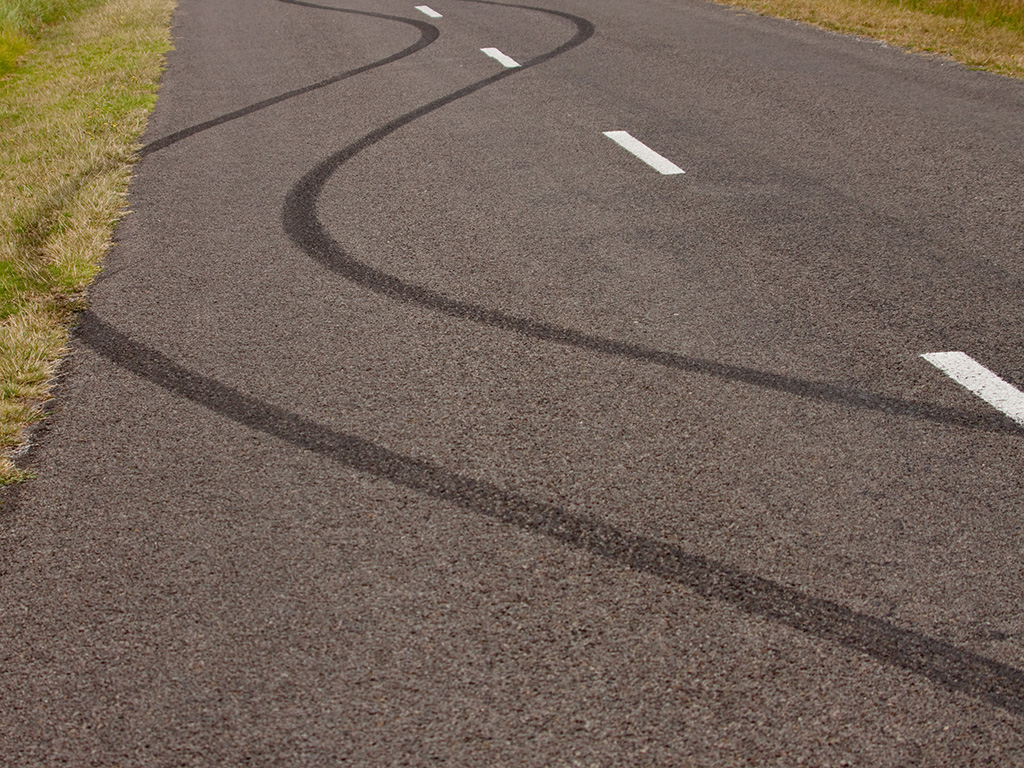
If your car begins to skid on icy or slippery roads, it is essential to stay calm and not panic. Skidding on icy or slippery roads is a common occurrence in winter driving. If you find yourself skidding, steer gently in the direction you want to go, and avoid slamming on the brakes, as this can worsen the skid. Instead, gently apply the brakes or release the accelerator to help regain control of the vehicle. Practicing skid control in a safe, empty parking lot can be a valuable way to prepare for potentially dangerous situations on the road.
Prepare an Emergency Kit
Preparing an emergency kit is essential for anyone driving during winter weather conditions. A well-stocked emergency kit can help keep you safe and comfortable in the event of an unexpected situation. To put together an effective emergency kit, you should include items such as a flashlight with extra batteries, non-perishable food and water, a first aid kit, extra blankets or warm clothing, a snow shovel, and a supply of cat litter or sand for traction.
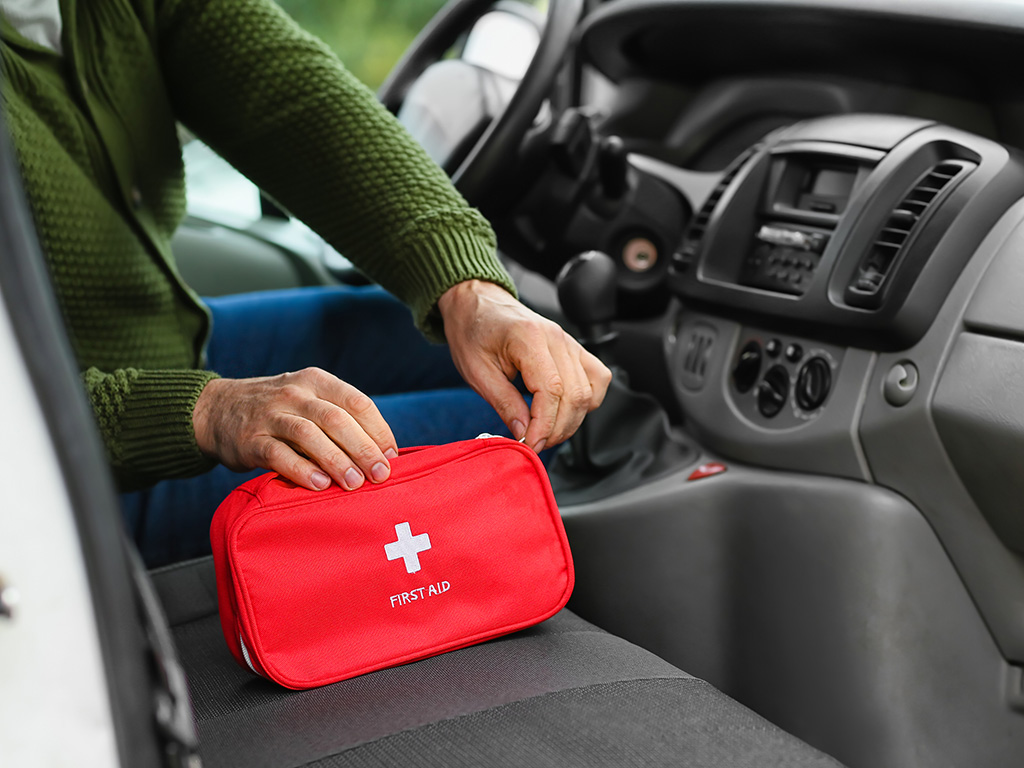
Additionally, it is wise to carry items like a phone charger, basic tools, an ice scraper and brush, and jumper cables in case of a breakdown or accident. Make sure to tailor your emergency kit to your specific needs and the winter weather conditions you may encounter. Regularly check and update your emergency kit throughout the winter season to ensure that all items are in good condition and readily available if needed. With a well-prepared emergency kit, you can feel more confident on the road during the winter months.
Stay Updated on Weather Conditions
While driving in choppy weather, it is best to stay informed about the latest forecasts and any potential severe weather warnings. Various ways to stay updated include using weather apps on your smartphone, following local news stations, accessing weather websites, and utilizing alerts from the National Weather Service.
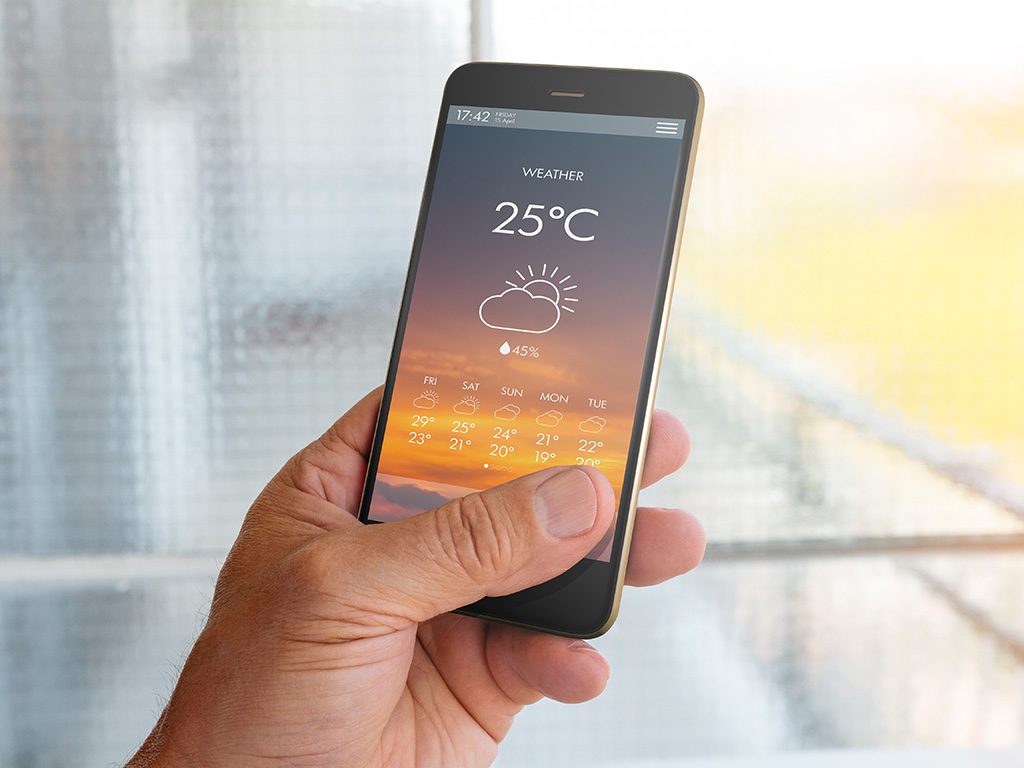
Ahead of a trip, check the forecast along your route, paying attention to temperature fluctuations, precipitation chances, and any advisories or warnings issued for your area. If weather conditions are rapidly deteriorating, consider postponing or adjusting your travel plans to a safer time. Also keep an eye out for any road closures, traffic updates, and notable incidents caused by weather so you can plan your route proactively.
Practice Defensive Driving
Winter weather driving requires extra vigilance. Anticipate potential hazards, such as sudden stops, lane changes, or visibility issues, and be prepared to react accordingly. To practice defensive driving during wintertime, maintain a safe following distance from other vehicles, reduce your speed to match road and weather conditions, and exercise caution when approaching intersections or areas known for slippery surfaces.
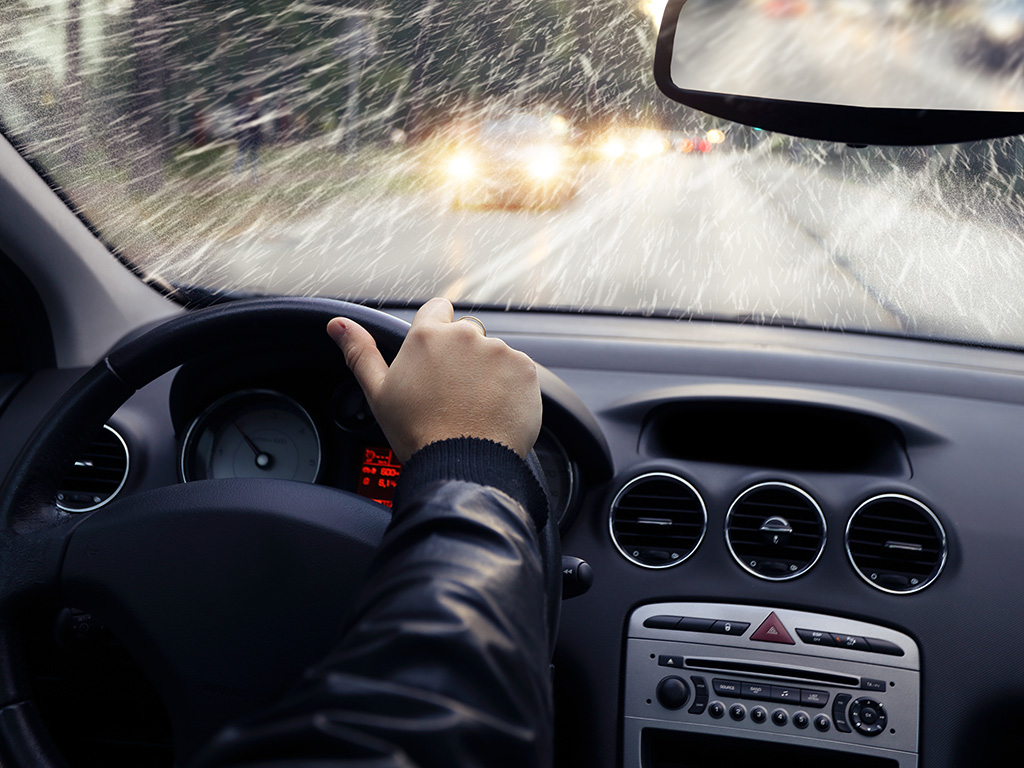
Always use your turn signals to signal be other drivers of your intentions, stay alert for erratic or potentially dangerous behavior from other drivers, and make eye contact with pedestrians to ensure they see you approaching. Constantly scan the road ahead for hazards such as black ice, snowdrifts, or encroaching wildlife, and be prepared to react swiftly if needed. Be patient, maintain focus, and drive defensively for a safer journey.
Remember, always prioritize safety when driving in winter conditions. By following these tips, you can ensure a smoother, stress-free experience on the roads, no matter the weather. Stay vigilant, stay cautious, and stay safe!